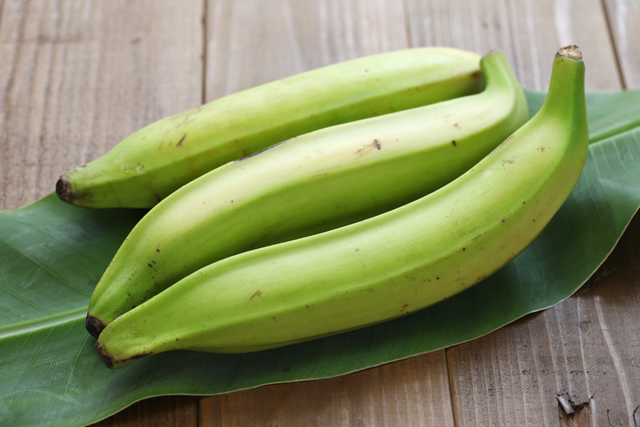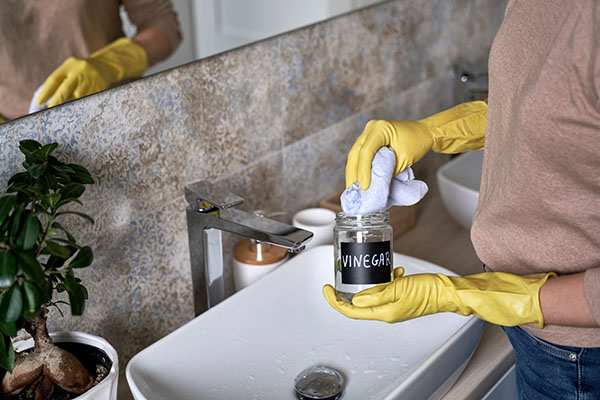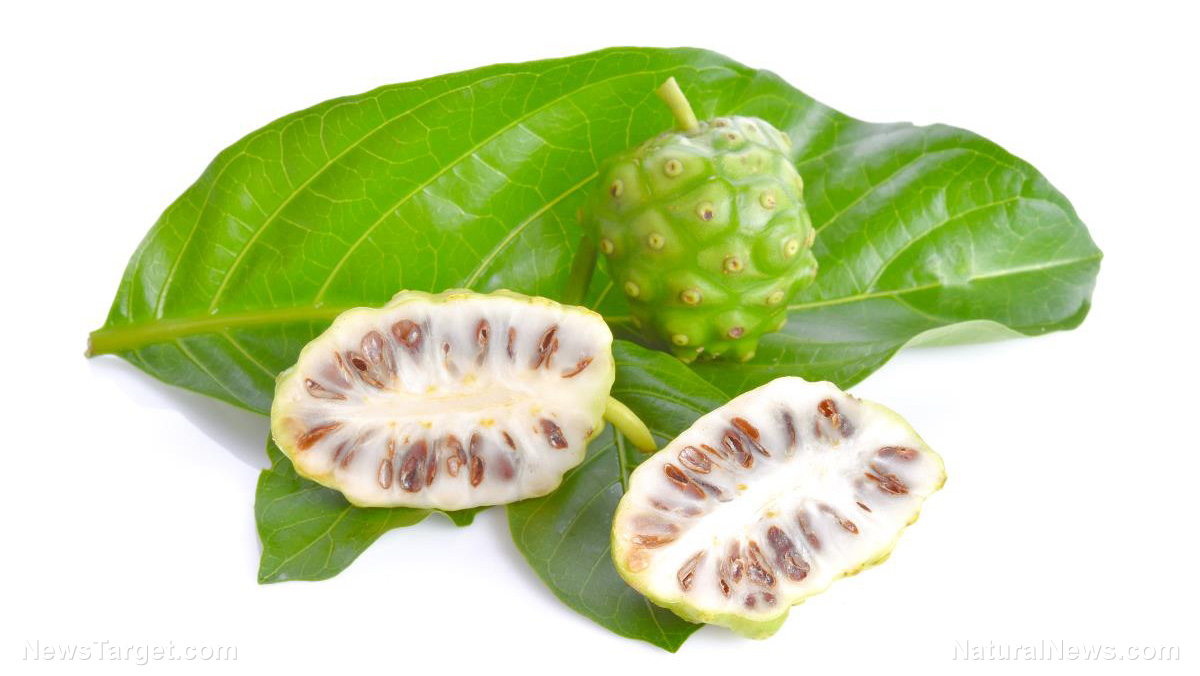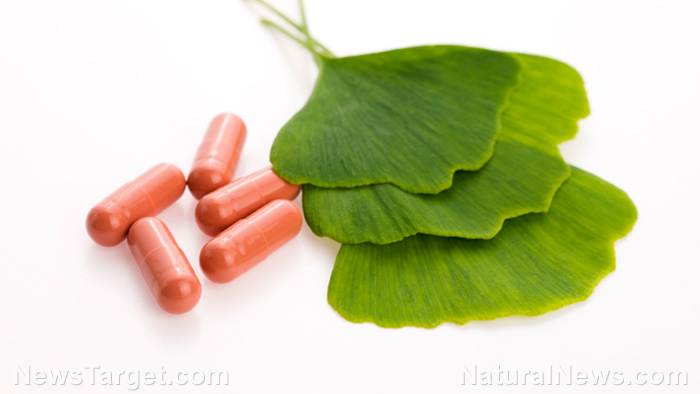Plantain is one of the most common herbs found growing in North America. It can literally be seen growing out of the cracks of sidewalks and roads, found on the majority of homeowners' lawns, cultivated or waste ground and even in places where there is little sun. Not only is this plant abundant everywhere, it is present for good reason. There is an old saying that plants grow where they are needed most. In the case of plantain, it is clear that this plant is greatly needed in the urban societies we live in today, as we suffer from many illnesses in which this plant can offer help. The plantain is a clumped perennial herb which grows to about 10cm in height. These plants form dense, slender, 3-30 cm long spikes, with conspicuous yellow stamens that stick out, blooming from May to September. There are two types of plantain; a) common plantain (as seen in the diagram) and narrow-leaved plantain which have narrower leaves with several prominent ribs. Generally speaking, these plants can be found growing nearly everywhere in Canada. The following are some of the plants common food and medicinal uses.
(Article republished from
GreenMedInfo.com)
Food
It is easy to pull this common weed from the garden without even realizing that it is probably more nutritious than most of the leafy greens we tend to eat. Young leaves can be eaten raw in salads and sandwiches; however, as they age they become stringy and rather tough, sometimes to the point where they cannot be eaten without cooking them. In cooking the leaves, this improves palatability, whereby making it possible to remove some of the tough fibres. Also, chopping the leaves into finer pieces render it easier to eat.
Many people believe that the taste resembles that of Swiss chard. Further to this, the seeds can also be dried and ground into a meal or flour for its use in making bread or pancakes - an excellent way to save money on groceries and fuel your body with quality nutrients. Plantain is rich in magnesium, vitamin A, vitamin C, and vitamin K.
Medicine
The leaves as well as the juice have been widely used as topical substances in poultices and lotions for treating sunburns, stings, insect bites, snakebites, poison ivy breakouts, rashes, burns, blisters, and cuts.
Furthermore, the leaves have also been heated and applied topically to swollen joints, sore muscles, sprains, and sore feet. Interestingly enough, Plantain is a common folk remedy in many part of Latin America for treating cancer. It has also been used for many centuries in treating sore throats, coughs, bronchitis, tuberculosis, and mouth sores.
Studies have shown that plantain has anti-inflammatory effects, and it is also rich in tannin (which helps draw tissues together to stop bleeding) and allantoin (a compound that promotes healing of injured skin cells). Further studies have indicated that plantain may also reduce blood pressure, and that the seeds of the plant may reduce blood cholesterol levels. Plantain seeds were also widely used as a natural laxative, given their high source of fibre. Teas made from the plant, were used to treat diarrhea, dysentery, intestinal worms, and bleeding mucous membranes. The roots were also recommended for relieving toothaches and headaches as well as healing poor gums.
Other Uses
- It is believed that plantain tea was used as a hair rinse for presenting dandruff.
- The rather strong fibres within the leaves were also used for making thread, fishing line and even cloth.
For first-hand scientific literature from the National Library of Medicine on plantain's medicinal properties in well over a dozen health conditions you can visit GreenMedInfo.com's Plantain Research page.
There you have it. The many things this otherwise "common weed" has to offer us. Next time you come across this plant, make sure to pick some up. You may never know when you'll need it next. Happy gathering!
Be sure to stay tuned for all our other articles on
Medicinal Plants. For more information, please check-out
our book page for some great books on the topic.
Read more at:
GreenMedInfo.com
 Parler
Parler Gab
Gab










